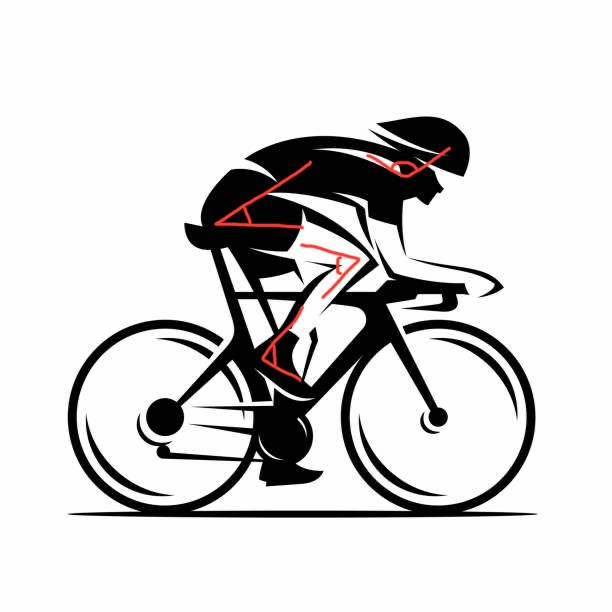What sports come to mind when you think of sports that require you to be flexible? Most peoples minds would instantly go to dancing, cheerleading, ice-skating, gymnastics, and the like. But what about cycling? When most people think of cycling, they do not consider it to be one of the sports that requires a significant amount of flexibility. But if you take a close look at the photo below, you may begin to reconsider.

Brand new, and seasoned cyclist like can benefit from including a mobility focused program into their training, and attempt to avoid improper positioning while on a bike, and the overuse injuries that can occur due to bad posture and repetitive motion.
Let’s go joint by joint and look at the required mobility.
First of all, at the ankle, it is obvious that you need to be able to pull your toes back pretty far relative to your shin. On average, cyclists tend to have pretty tight calf muscles, which limits this joints mobility. It is very important to take time to stretch your calves, so that your ankles have an adequate range of motion, and your body doesn’t have to compensate at another joint to find that flexibility.
Then at the knee, you need to be sure that you have an adequate amount of knee flexion. Often times this joint, when singled out, it's not where the lack of mobility is. It is the fact that the body needs to have lots of knee flexion, lots of hip flexion, and lots of ankle dorsiflexion at the same time.
Then we look at the hip and low back region. This is likely where most cyclists fall the shortest in terms of adequate mobility. Cyclists need a great deal of mobility in their hip musculature and joints to allow for a very large amount of hip flexion while simultaneously keeping a relatively neutral lower spine alignment. For many people, especially cyclists, the hip and low back are very tight regions, and need to be addressed specifically in a mobility routine.
The last area I want to point out is the shoulder and neck complex. It is very important, while cycling, to remain as aerodynamic as possible, while also keeping the eyes up so that you can properly navigate the route ahead of you. But this requires proper thoracic and cervical positioning. Being sure to strengthen and stabilize through the upper back, neck and shoulders, it is especially important for a cyclists who ride long miles and need that stability for long periods of time.
All in all, most of the major joints of the body have to have a pretty significant amount of mobility for the cycling sport, far beyond the standard expectations for a fit person, to avoid bad posture, poor positioning, and higher risk for the injuries associated with those conditions.
If you’re wondering whether or not you have mobility deficits that are affecting your cycling, or are wanting to learn more about beginning to develop a mobility routine that’s right for you, please watch the short video below to find my most commonly prescribed stretches for cyclists who are dealing with mobility limitations in these areas. If you are having pain while cycling that is persisting longer than it should, or that returns on a regular basis, and are interested in an individualized functional cycling mobility and strength evaluation by a doctor of physical therapy, please reach out to us and we would be glad to help you resolve your pain and get back to cycling pain free!
.png?width=1280&height=720&name=Untitled%20design%20(22).png)




